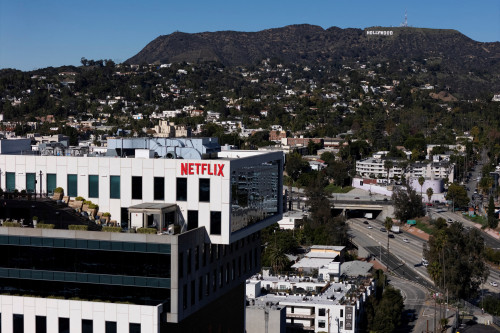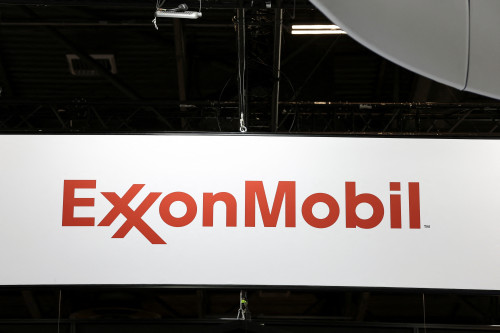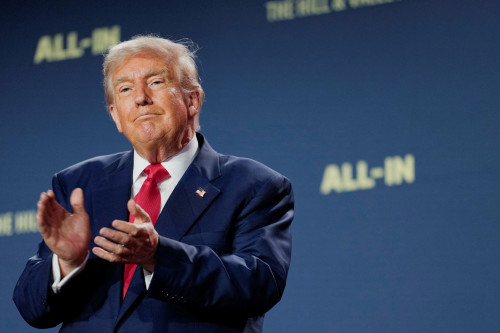By Howard Schneider
WASHINGTON (Reuters) – Throughout the Federal Reserve’s drive to kill inflation, policymakers have focused on raising the benchmark overnight interest rate high enough to do the job and getting it there fast enough to keep the public from losing faith.
But in the quest for a “soft landing,” where inflation falls without a recession or big job losses, the other half of the conversation – of when to cut rates and lighten the pressure on households and businesses – will be just as important and perhaps even harder to get right.
In the three recessions prior to the coronavirus pandemic – 1990-1991, 2001 and 2007-2009 – the U.S. central bank reached its peak rate level and had begun reducing borrowing costs anywhere from three to 13 months ahead of what proved to be the start of a downturn. That shows both how hard it is to arrest a slide once it begins, and how difficult it is to match the slow-moving effects of monetary policy with what the economy might need months in the future.
Allowing high inflation to become embedded in the economy is central banking’s cardinal sin, and Fed officials would still rather make the mistake of going too far to be sure inflation is controlled than stop short and risk its rebound, said Antulio Bomfim, head of global macro for the global fixed income team at Northern Trust Asset Management and a former special adviser to the Fed’s board of governors.
“We all wish we could slow the economy ‘just enough,'” Bomfim said. “The margin of error is quite high … You are seeing an economy that is resilient in terms of activity but also stubborn on underlying inflation … The risks of doing too little – that asymmetry – is still there.”
That may point to at least one more rate hike even as investors bet the Fed is finished, with rate futures markets reflecting no more than a roughly one-in-four chance of another increase. The Fed last week raised its policy rate to the 5.25%-5.50% range, the 11th increase in the last 12 meetings.
‘PUZZLE’ PIECES COMING TOGETHER
Recent data on wages, growth and prices show the dilemma facing policymakers as they consider whether to push borrowing costs even higher and how long to leave rates elevated, a discussion that could determine the economy’s broad direction – growing or shrinking, with rising joblessness or still-strong job markets – in 2024, a presidential election year.
After sixteen months of rapid monetary tightening, the economy still grew at a faster-than-expected 2.4% annualized rate in the second quarter, above what’s considered its non-inflationary trend, with that momentum seen continuing into the current quarter. Employment compensation costs rose 4.5% for the 12-month period ending in June, another decline from pandemic-era highs but also above what the Fed would regard as consistent with its 2% inflation target.
While headline inflation has fallen sharply from the highs of 2022, measures of underlying price pressures have moved more slowly. The personal consumption expenditures price index stripped of food and energy costs slowed notably in June to 4.1% on a year-over-year basis after being lodged for months near 4.6%, but is still more than double the 2% target.
Fed Chair Jerome Powell said last week that the pieces of the low inflation “puzzle” may be aligning, but he doesn’t trust it yet.
“We need to see that inflation is durably down … Core inflation is still pretty elevated,” Powell said in a press conference after the end of the Fed’s two-day policy meeting. “We think we need to stay on task. We think we’re going to need to hold policy at restrictive levels for some time. And we need to be prepared to raise further.”
Powell acknowledged the touchy calibration needed to vanquish inflation without restricting activity more than necessary and to stay ahead of any downturn with lower rates as inflation falls and activity ebbs.
“You stop raising long before you get to 2% inflation and you start cutting before you get to 2% inflation,” Powell said, noting how long it takes for changes in the Fed’s benchmark rate – up or down – to be felt. The Fed’s policy rate influences the economy by changing what lenders charge consumers for credit card, auto, and home loans or what businesses pay on bonds or for credit lines.
‘NORTH STAR’
Powell would not give direct guidance on how the Fed will assess when it’s time to move policy lower, saying “we’d be comfortable cutting rates when we’re comfortable cutting rates.” Still, he contended inflation would not return to target until the economy slows to below its potential for a time, with direct implications for the number of jobs.
Things have been edging that way. Though the unemployment rate remains low, workers are quitting less frequently, job openings have fallen, and wage increases have slowed, suggesting an employment market cooling from pandemic years characterized by labor shortages and large wage increases.
But with inflation down from its peak without any major job disruptions, some economists wonder whether Powell – in focusing on the need for economic “slack” to finish the task – isn’t making the same mistake as his predecessors and setting the stage for an unneeded recession.
“Exploring just how compatible low unemployment and low inflation are should be the North Star … This is a vast border we could test,” said Lindsay Owens, executive director of Groundwork Collaborative, a labor-focused economic policy group. “The timeline for discussing cuts is probably like October.”
While the latest Fed policymaker projections, issued in June, show rates falling by the end of 2024, the decline is less than the expected drop in inflation, which means the inflation-adjusted interest rate is really still rising.
The risk of continued restrictive policy is that the economy not only slows, but buckles, something previous Fed officials know can come quick. In December of 2000, Fed staff and policymakers wrestled with weakening data and concluded the economy was going to slow but not contract, according to transcripts of Federal Open Market Committee meetings. A month later the central bank was cutting rates, and it was eventually determined that a recession started in March of 2001.
“I think the economy is kind of at the ‘last-gasp’ phase,” said Thomas Simons, senior U.S. economist at Jefferies, with slowed bank lending, rising credit costs, and rising loan delinquencies “consistent with the beginning of every recession we’ve seen since 1980.”
“Given that inflation is still sticky, they’re going to end up with rates either too high or as high as they are for too long. They’re going to be relatively slow to cut because they need that weakness to develop.”
(Reporting by Howard Schneider; Editing by Dan Burns and Paul Simao)






